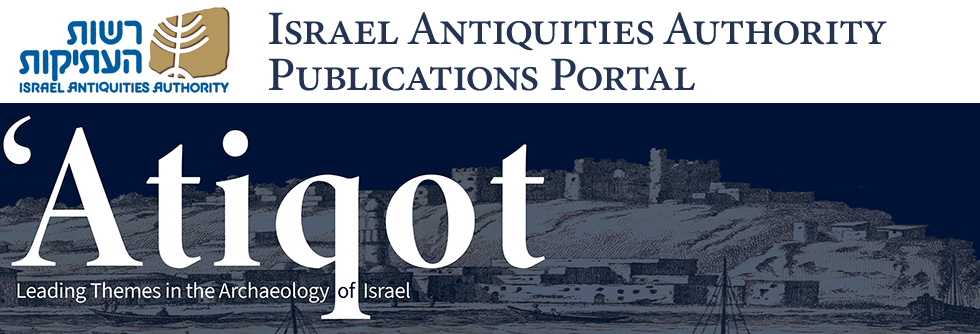Abstract
Three excavation areas were opened in ‘Avedat National Park, revealing important evidence regarding the effects of earthquakes on the Byzantine-period occupation at the site. In Area B, near the South Church, rooms were added on the exterior of an earlier building in the early fifth century CE, next to a heavy revetment wall. The exterior of a wall covered with red-painted (dipiniti) Christian motifs was uncovered in front of a cave, pointing to its use as a stable by a monastic community. It seems that this wall underwent structural damage, probably due to the early fifth-century CE earthquake. The site was destroyed by an earthquake at the end of the late Byzantine period, presumably in the first half of the seventh century CE.
Keywords
seismic event, marble paten, church, baking oven, cross
Recommended Citation
Erickson-Gini, Tali
(2022)
"Evidence of a Late Byzantine Period Earthquake and a Monastic Stable at ‘Avedat (Oboda) (with a contribution by Yael Gorin-Rosen) (pp. 153–197),"
'Atiqot: Vol. 107, Article 13.
DOI: https://doi.org/10.70967/2948-040X.1850
Available at:
https://publications.iaa.org.il/atiqot/vol107/iss1/13
Included in
Agriculture Commons, Biblical Studies Commons, History of Art, Architecture, and Archaeology Commons

